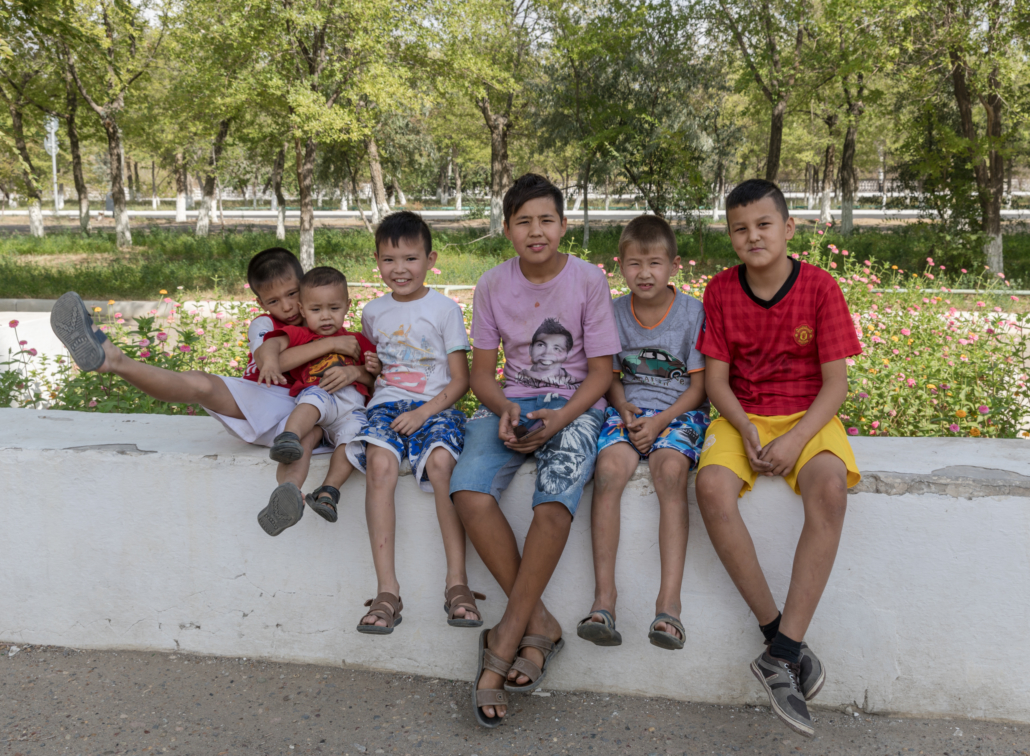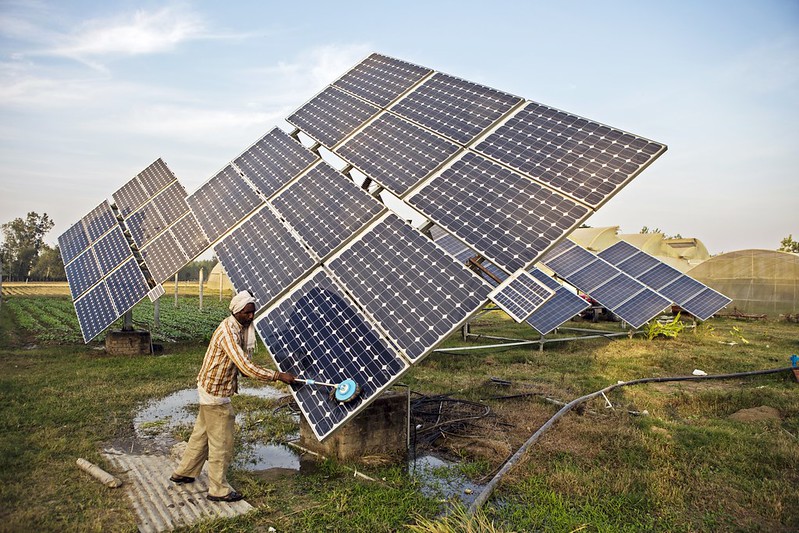 Water scarcity is a pressing issue affecting millions of people worldwide. This is particularly the case in coastal regions where seawater is abundant but fresh water is scarce. As populations grow and adverse climatic conditions intensify, the demand for freshwater continues to rise, exacerbating this challenge. One promising solution to this problem is solar-powered water desalination, which harnesses renewable energy to produce clean drinking water from seawater.
Water scarcity is a pressing issue affecting millions of people worldwide. This is particularly the case in coastal regions where seawater is abundant but fresh water is scarce. As populations grow and adverse climatic conditions intensify, the demand for freshwater continues to rise, exacerbating this challenge. One promising solution to this problem is solar-powered water desalination, which harnesses renewable energy to produce clean drinking water from seawater.
The Basics of Desalination
Desalination is the process of removing salt and other impurities from seawater to produce fresh water. There are several methods of desalination, but the most common are reverse osmosis and thermal desalination. Reverse osmosis involves forcing seawater through a semipermeable membrane that filters out salt and other impurities. In contrast, thermal desalination involves heating seawater to produce steam, which is then condensed into fresh water.
Integrating solar power into desalination processes can significantly reduce the environmental impact and operating costs associated with traditional desalination methods, which often rely on fossil fuels. Solar energy can be used to power the pumps and membranes in reverse osmosis systems or to provide the heat needed for thermal desalination.
Kenya and Bangladesh
In the coastal region of Kenya, the solar-powered desalination plant in the town of Kiunga has been providing clean drinking water to thousands of residents. This project, initiated by the nonprofit organization GivePower, uses solar panels to generate electricity for reverse osmosis desalination. The project is capable of producing up to 35,000 liters of fresh water daily.
In Bangladesh, where freshwater scarcity is a critical issue in coastal areas, a solar-powered desalination plant was established on the remote island of Kutubdia. This plant, supported by the World Bank and local nongovernmental organizations (NGOs), provides fresh water to the island’s inhabitants each day. The project showcases the feasibility of using renewable energy to address water scarcity in vulnerable regions, significantly improving the quality of life for local communities.
Environmental Benefits of Solar-Powered Desalination
Utilizing solar energy for desalination offers numerous environmental benefits compared to traditional methods that depend on fossil fuels. One of the most significant advantages is the reduction of carbon emissions. Solar-powered desalination plants emit little to no greenhouse gasses, contributing to the fight against the rise in the average earth’s surface temperature.
Additionally, solar energy is a renewable resource, which means it can provide a sustainable and long-term solution to water scarcity without depleting natural resources. Moreover, the ecological footprint of solar-powered desalination is smaller than that of conventional desalination. By minimizing the use of fossil fuels, solar desalination reduces the pollution and environmental degradation associated with fossil fuel extraction and combustion.
Challenges and Limitations
Despite its potential, solar-powered desalination faces several challenges and limitations. The initial setup costs for solar desalination plants can be high, which may deter investment in developing countries with limited financial resources. Maintenance and operation of these systems also require technical expertise, which might not be readily available in remote or impoverished areas.
However, these challenges are not insurmountable. Advances in technology and economies of scale can reduce the costs of solar panels and desalination equipment over time. Additionally, capacity-building initiatives and international cooperation can help develop the necessary technical skills and infrastructure to support the widespread adoption of solar-powered desalination.
Final Remark
The successful implementation of solar-powered desalination projects in Kenya and Bangladesh illustrates the technology’s potential to provide a sustainable solution to water scarcity in coastal regions. By investing in and supporting the deployment of these innovations, policymakers and international organizations can help combat global water shortages and improve the quality of life for millions of people.
To ensure the scalability and adaptability of this promising technology, it is crucial to continue researching and developing cost-effective solutions, fostering international collaboration and prioritizing the needs of vulnerable communities. With concerted efforts, solar-powered desalination can play a vital role in securing a sustainable water future for coastal regions worldwide.
– Chelsea Rasool
Chelsea is based in Belfast, UK and focuses on Good News and Technology for The Borgen Project.
Photo: Flickr
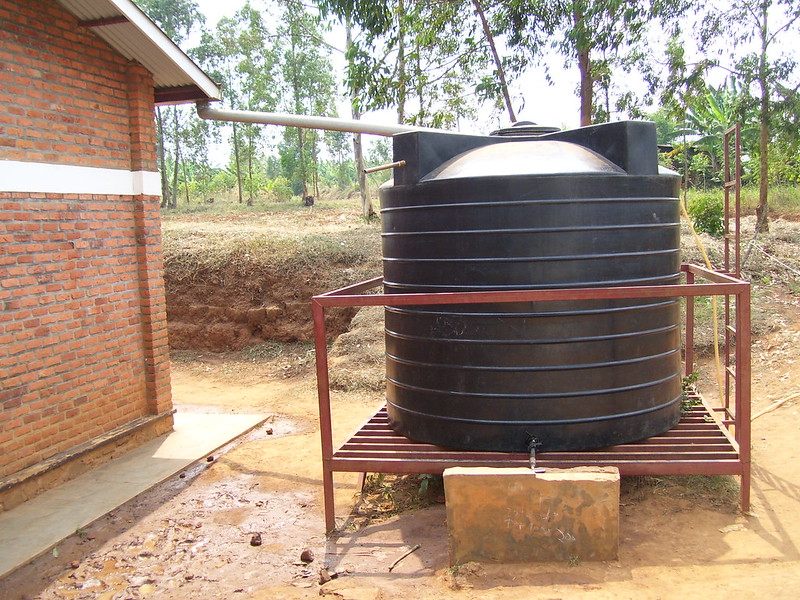
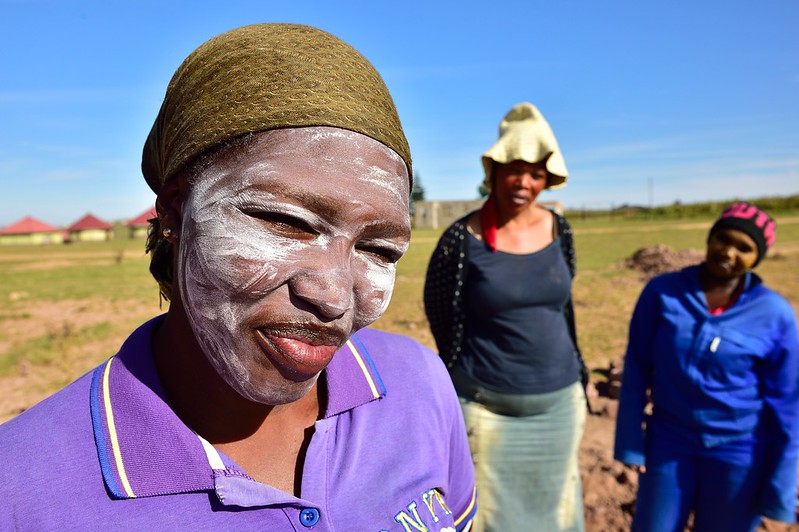
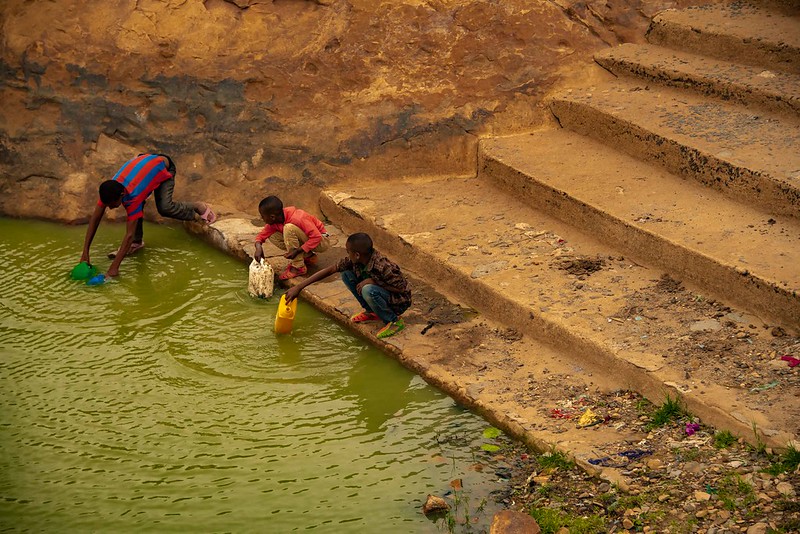
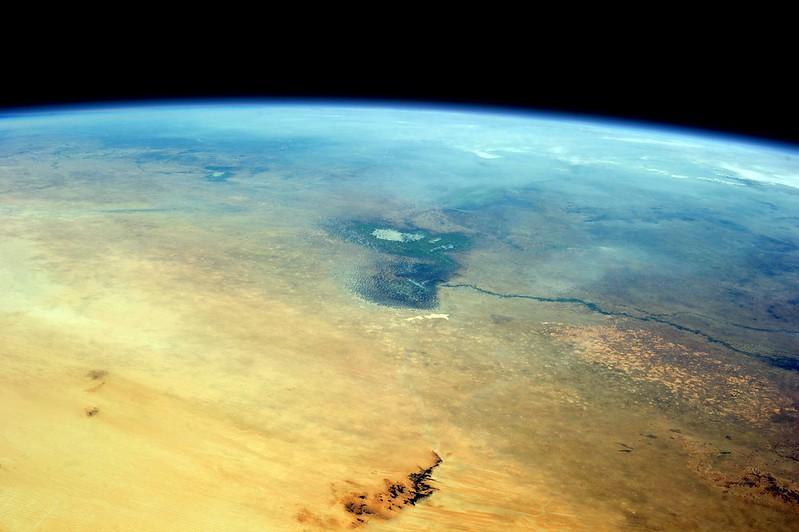
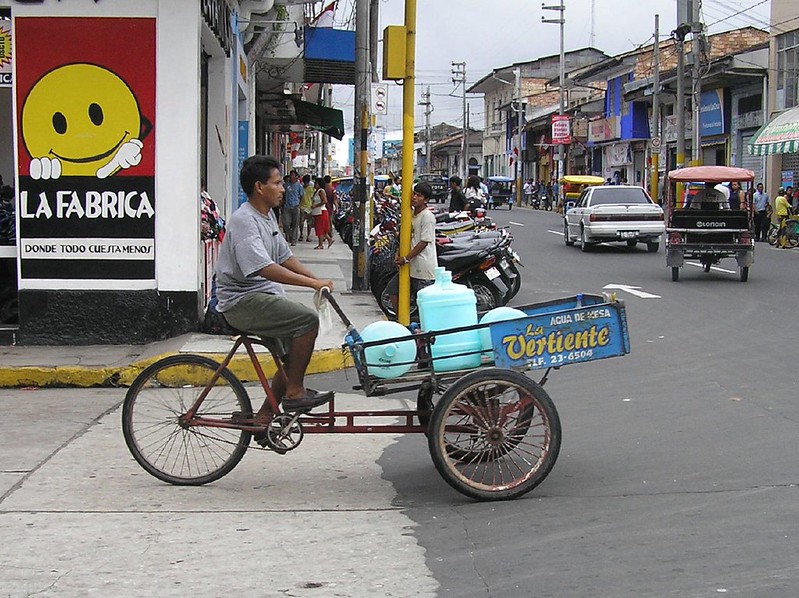 Although a country with diverse biodiversity and a rich supply of natural resources like copper, gold and lithium, water scarcity plagues Peru for many reasons, ranging from inadequate agricultural practices to climate change. With a humid and tropical climate, Peru has an increased risk of evaporation, meaning water and vegetation are more susceptible to drying out. However, there have been several domestic and international efforts to use nature-based solutions to tackle the problem of water scarcity.
Although a country with diverse biodiversity and a rich supply of natural resources like copper, gold and lithium, water scarcity plagues Peru for many reasons, ranging from inadequate agricultural practices to climate change. With a humid and tropical climate, Peru has an increased risk of evaporation, meaning water and vegetation are more susceptible to drying out. However, there have been several domestic and international efforts to use nature-based solutions to tackle the problem of water scarcity. 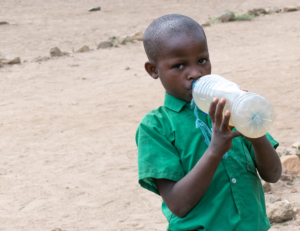 Currently, there is a worldwide water crisis, as
Currently, there is a worldwide water crisis, as 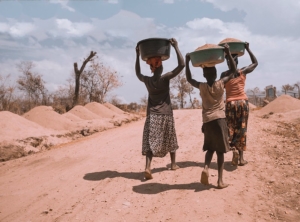
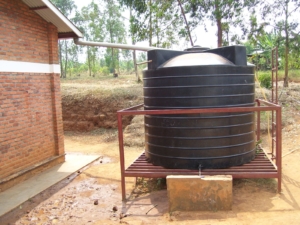 Technology has played a significant role in the reduction of global poverty. Two particular areas technology has improved impoverished communities are water access and water quality. For instance, a newly developed piece of technology showcases the potential for enhancing water security throughout Africa. The key is effective rainwater harvesting.
Technology has played a significant role in the reduction of global poverty. Two particular areas technology has improved impoverished communities are water access and water quality. For instance, a newly developed piece of technology showcases the potential for enhancing water security throughout Africa. The key is effective rainwater harvesting.